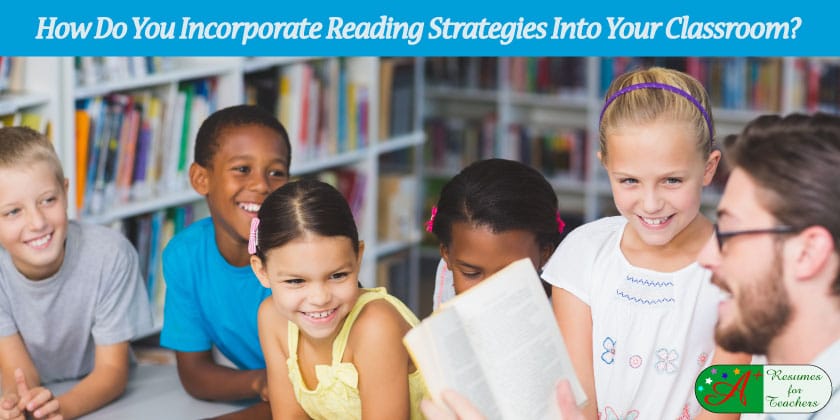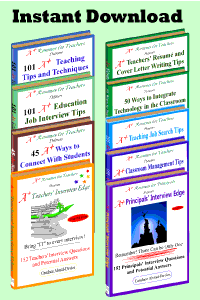Incorporating reading strategies into the classroom is essential for promoting literacy development and fostering students’ comprehension skills. When addressing this question in a teacher interview, it’s crucial to highlight specific strategies and explain how they are integrated into instructional practices.
For elementary students, who are in the crucial stages of developing their reading skills, it’s essential to provide support and guidance tailored to their individual needs. One approach I employ is differentiating instruction to accommodate the diverse learning styles and abilities present in a heterogeneous classroom. For example, during guided reading sessions, I group students based on their reading levels and provide targeted instruction to address their specific needs.
To facilitate comprehension and fluency, I incorporate a variety of reading strategies into my lessons. One such strategy is the use of graphic organizers, such as story maps or character charts, to help students organize and visualize key elements of a text. By visually representing story elements, students can better understand the plot, characters, and main ideas of the text.
Another effective strategy is the use of question-answering techniques, such as the QAR (Question-Answer Relationship) framework, to guide students’ comprehension of the text. By teaching students to identify different types of questions (e.g., literal, inferential, evaluative) and locate relevant information within the text to answer them, they develop critical thinking skills and deepen their understanding of the material.
In addition to these strategies, I incorporate explicit instruction in reading comprehension skills, such as summarizing, making predictions, and drawing inferences. By modeling these skills and providing guided practice opportunities, students learn how to actively engage with the text and extract meaning from it.
Furthermore, I integrate authentic reading experiences into the curriculum to promote literacy across content areas. For example, I incorporate informational texts and primary sources into social studies and science lessons, allowing students to apply their reading skills in contextually meaningful ways.
Overall, my approach to incorporating reading strategies into the classroom is multifaceted and student-centered. By providing targeted instruction, scaffolding support, and authentic reading experiences, I create an environment where students can develop the skills and confidence needed to become proficient readers and lifelong learners.


